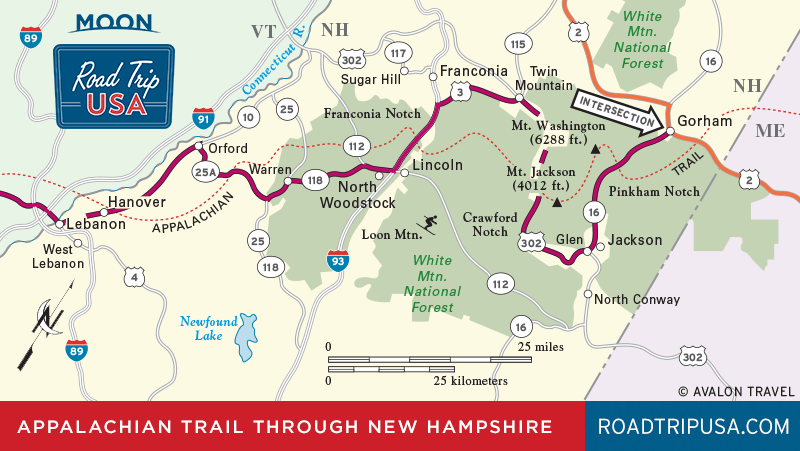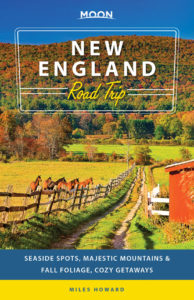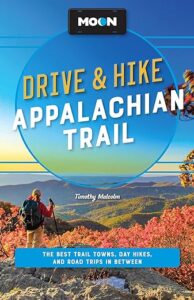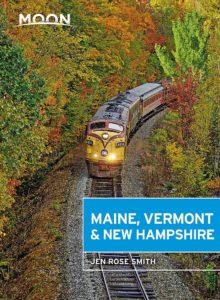Lincoln: Clark’s Trading Post
North Woodstock, 12 mi (19 km) south of Franconia Notch, is a good example of what White Mountains towns used to look like before vacation condos popped up like prairie dog colonies; neighboring Lincoln is the portrait of “after.”
Tiny North Woodstock (pop. 528) is a handful of mostly unpretentious businesses at the junction of US-3 and Route 112. In case you’re wondering what North Woodstock is north of, there is a much smaller hamlet called Woodstock, little more than a collection of cabins, about 5 mi (8 km) or so south of North Woodstock along US-3. Lincoln (pop. 1,662) seems to be nothing but a strip of ski-clothing stores, malls, and motels east of I-93 at the base of the Loon Mountain ski resort. Lincoln also sits at the west end of Route 112, the amazing Kancamagus Highway.
Diner fans will want to check out the Sunny Day Diner (603/745-4833, daily during summer, cash only), a stainless-steel 1950s icon at the north edge of North Woodstock in Lincoln on US-3. A classic breakfast and lunch place, the Sunny Day makes some fine French toast (including a deeply flavored banana variation that goes great with local maple syrup). The Sunny Day is just south of Clark’s Trading Post.
Lincoln also sits at the west end of Route 112, the amazing Kancamagus Highway, and is home to a must-see attraction for lovers of roadside kitsch:
Clark’s Trading Post
Just south of Franconia Notch along US-3, a barrage of deliciously tacky tourist attractions and old-fashioned roadside Americana awaits you. Well-maintained 1930s motor courts line the highway, setting the stage for one of New England’s greatest roadside attractions, Clark’s Trading Post (603/745-8913, daily summer, $24), where you can enjoy a slice of good ol’ cornpone kitsch. At Clark’s, you can ride on a genuine old wood-burning railroad over an authentic 1904 covered bridge (and be chased all the way by a hairy, hilarious Wolfman); admire an immaculate 1931 LaSalle in a vintage gas station; or tour a magical mansion.
For the past 50 or so years, the main draw at Clark’s has been the chance to “See Live Bears!” House-trained black bears perform a series of entertaining tricks—dancing, shooting basketballs through hoops, and riding scooters—and they clearly seem to enjoy their work, not to mention the ice cream cones they earn as rewards. The trainers and caretakers crack jokes and make wry comments about “bear facts” and how the animals are “bearly” able to behave themselves, but they smile and beam every time the bears do what they’re supposed to, giving the performances a feel more akin to a school play than to a professional circus. Across from the enclosure where they perform, you can pay respects to the graves of favorite bears who performed here over the years. Spend any time at Clark’s and you’ll begin to realize that the bears are regarded as family members—albeit 7-ft-tall (2.1-m), 500-pound family members.
Clark’s has been in business since 1928, when it was known as Ed Clark’s Eskimo Sled Dog Ranch, and everything about it is a family affair. More than a dozen Clarks and close relatives work here throughout the summer, doing everything from training and caring for the bears to making milkshakes. The bear shows at Clark’s Trading Post are scheduled irregularly (typically in the afternoons, one to three per day, roughly every two hours or so; the schedule is posted online at www.clarksbears.com). You could happily spend most of a day here, making it well worth the price of admission.
If you’re just racing through, be sure at least to visit the gift shop, which is stocked with all the wonderfully tacky stuff (wind-up toys, funky postcards, snow domes, and the like) that retro-minded road-trippers drive miles to find.
Related New Hampshire Travel Guides
New Hampshire Travel Map

















